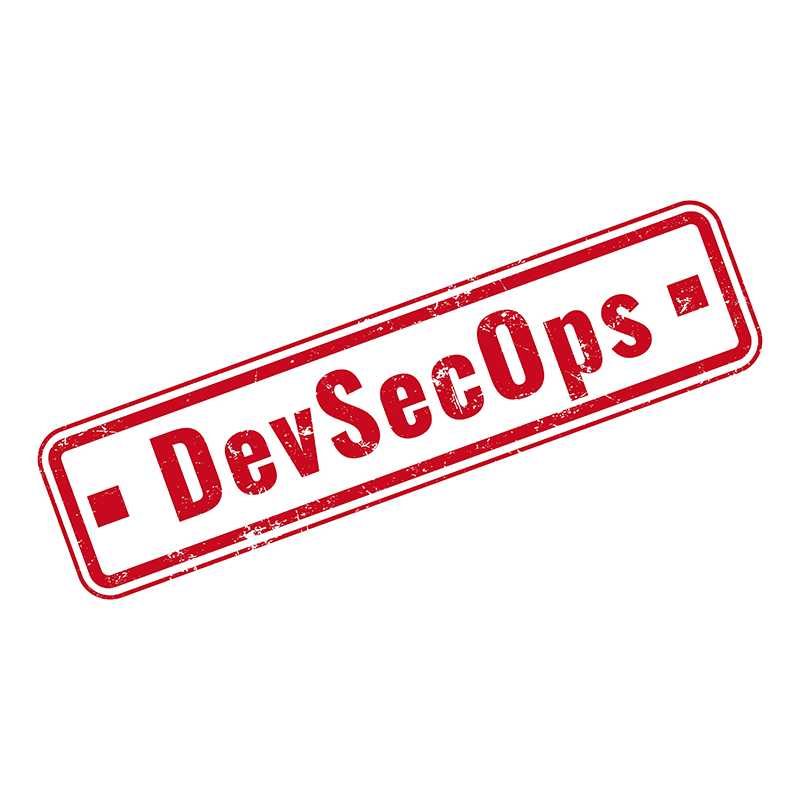When it comes to digital transformation, organizations need to expect and embrace the notion of infinity. Digital businesses are bound to have an ever-evolving nature, and by the same token, it will face infinite security threats of different sizes and scopes in the future.
Embracing New Methodologies
When embarking on digital transformation, many companies usually embrace some methodologies to assist them. Here’s an overview of popular digital transformation methodologies that aid digital-driven goals and objectives of businesses:
- DevOps fosters a culture that aids continuous development and automation. It increases the pace of product development and operations to aid the continual delivery of code whilst also maintaining essential checks and balances.
- DevSecOps aims to fix the vulnerabilities present in the DevOps culture. Security is a crucial part of the product development cycle. But often, it is left out up until the very end of the development cycle. DevSecOps is a development culture of integrating security practices throughout your DevOps cycle right from the very beginning.
- DevContentOps goes one step further by introducing CMS into the DevOps process. DevOps alone won’t be able to create immersive, content-driven digital experiences for the audience. The entire DevOps lifecycle generally does not involve content teams, their processes, and the modern tools they leverage. DevContentOps aims to create an alluring digital experience in applications through the seamless collaboration of content authors with developers and the IT operations team. This is done by providing the right content tools, technologies, and workflows to them.
As digital-focused companies adopt cloud migration and other digital transformation methodologies, they need to ensure security measures are inherent across all development and deployment cycles. In this post, we are going to elucidate best practices to adopt for successful DevSecOps implementation:
The Need for DevSecOps Implementation
As stated above, DevSecOps is the development culture of incorporating security at each and every step of the software development and delivery lifecycle.
Here are a few benefits of adopting the DevSecOps approach:
- Speed of software delivery: DevSecOps increases the speed of software development and delivery as security bottlenecks are eliminated right from the very beginning, instead of putting off security liability at the last. It has CI (continuous improvement) model underneath to ensure consistent monitoring, optimizing, and automation of processes.
- Cost-effective: Identifying and fixing security issues throughout the development process reduces exponential costs.
- Recovery speed: DevSecOps enhances the speed of recovery in case of security threats or events by leveraging templates and the ‘Pet vs. Cattle’ analogy.
- Reusability and flexibility: One of the main highlights of DevSecOps is how exceptionally reusable and flexible it is. Businesses can reuse the development pipeline once it is tried, tested, and perfected with robust security checks to develop similar products. Even if the use case differs, DevSecOps is flexible enough to help you make changes accordingly for better adaptation.
- Auditing: Auditing is an accountability process for those who manage sensitive processes and systems. If the software development cycle has a bottleneck, enhanced auditing can help you identify and tweak the point in the cycle where the problem seems to arise. DevSecOps culture makes auditing easier and highly effective with its strict accessibility features and improved threat hunting.
Best Practices for Successful DevSecOps Implementation
Leverage Automation
Continuous Integration (CI) and Continuous Deployment (CD) pipeline in DevOps is all about the speedy delivery of software applications. But for this, you need to leverage automation and integrate security in this fast-moving CI/CD pipeline throughout the development cycle. Not just that, businesses must also embed precise tests and controls across the pipeline to ensure better efficiencies in the end.
To implement DevSecOps successfully, businesses need to employ automated security test cycles. From analysis of source code to monitoring post-deployment, there are myriads of resources and advanced tools that help to automate security analysis and testing.
With automated security testing, one needs to be extra careful. You can execute automated DAST (Dynamic Application Security Testing) to scan real-time vulnerabilities, which is much better than SAST (Static Application Security Testing) that only scans static source code for vulnerabilities.
Automated security testing cycles in the CI/CD pipeline will prevent the early onset of vulnerabilities and secure the code right from the beginning till the end of the development lifecycle.
If not DAST tools, organizations should at least make use of SAST tools to help developers detect potential vulnerabilities in the code at an early stage.
Check Code Dependencies
With the use of open-source software, you have the ability to check for security vulnerabilities yourself. A large number of enterprises have been and continue to utilize open-source software in their business-critical applications because of the enhanced transparency.
For better implementation of DevSecOps, businesses need to have automated detection and solution tracking systems in place for risk mitigation and speedy recovery. Now, developers need a considerable amount of time to study the documentation or scrutinize the code in the open-source libraries. Hence, you need to leverage automation to manage these open-source and third-party software tools to save developers time. Automated processes will help identify security vulnerabilities in the open-source software, thus preventing their impact on the internal code dependencies.
The bottom-line is, it is very important to check code dependencies when implementing DevSecOps.
Security Checks
Developers need to get familiar with security checks and consider it as a part of their routine workflow. SAST tools are a good example of this.
SAST (Static Application Security Testing) has been part of developers' routine workflow traditionally, as they scan the entire code at rest for vulnerabilities. But SAST tools can only point out vulnerabilities; developers need to decide whether they are real security risks or not.
During DevSecOps implementation, employing multiple security checks simultaneously to address various security issues in the development cycle can create chaos. Rather, try to activate only a few security checks at one time, so developers will get accustomed to the fact that security rules are now a part of their routine processes. As they witness how security checks address vulnerabilities in the code throughout, they will be more confident with the DevSecOps implementation.
The Right Set of Security Tools
For a successful DevSecOps implementation, businesses need to pick the right set of security tools.
Security tools should easily mend with the fast-paced CI/CD pipeline and be able to bridge the gap between developers and security teams. The security tools should not create additional bottlenecks in the pipeline; but rather ensure streamlined security test cycles.
These tools must employ automated scans and security checks to enhance the productivity of developers. They must be able to generate precise, actionable results that won’t require re-checking from teams. Lastly, not just known vulnerabilities, but security tools must be able to identify unfamiliar vulnerabilities across the lifecycle, even from open-source software components.
Leverage Threat Modeling Mechanism
Threat modeling mechanism in the DevSecOps approach helps developers to see the software applications from a hacker’s perspective. With this mindset, developers will be able to pin down possible potential vulnerabilities and write secure code accordingly.
The threat modeling mechanism reveals vulnerabilities that may be missed in other security checks. Furthermore, it also helps you to get insights into your software architecture, internal assets, their bugs, and potential threats. Now, the threat model may reduce the speed of your CI/CD pipeline as it cannot really be automated, but it is a key strategy to integrate security into the life cycle.
Learning Secure Coding
A large number of firms have developers that are unable to generate robust yet secure code. That is why training the developers to learn secure coding happens to be one of the biggest hurdles of successful DevSecOps implementation.
Developer teams may have overlooked the importance of delivering secure coding, as most are only focused on writing static code. But, integrating security into the DevOps culture requires training the developers to write secure code and making them understand its impact. Businesses need to invest in training programs for developers to learn secure coding.
The Need for DevContentOps Implementation
The whole concept of DevContentOps promotes the inclusion of a CMS and content management/publishing into the DevOps culture to create visually enchanting digital experiences for users. DevOps alone cannot achieve the goal. The traditional DevOps lifecycle does not take into account content authors, their processes, and tools into the development pipeline.
To reap maximum benefits of the DevOps lifecycle and deliver a value-driven digital experience in applications, content authors need to seamlessly collaborate with developers and the ops team. That’s where the implementation of DevContentOps comes in!
DevOps processes lack the support that content-driven e-commerce experiences, mobile applications, omnichannel touchpoints, and more demand today. In this rapidly evolving digital era, every other modern software application demands effective content integration. With DevContentOps, businesses can bridge the gap between content authors and DevOps teams to create new levels of innovation. Businesses continue to discover that DevOps alone can’t fix everything. Yet DevContentOps can help content applications while embracing DevSecOps and following best practices can ensure that all applications and processes remain secure.

 Hitesh Jethva
Hitesh Jethva




